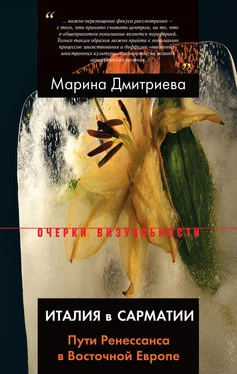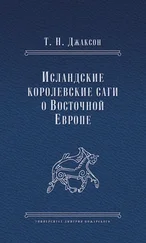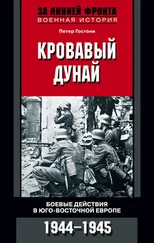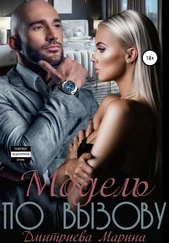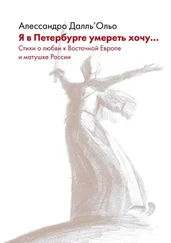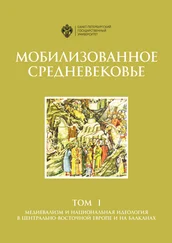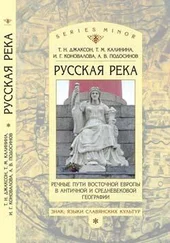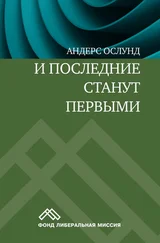Berliner R. Ornamentale Vorlageblätter des 15. bis 18. Jahrhunderts. Leipzig, 1925–1926. Bd. 1–3; Warncke C. – P. Die ornamentalen Groteske in Deutschland 1500–1650. Berlin, 1979. Bd. 1–2.
Lejsková-Matyášová M. Výjevy z římské historie v prostředí české renesance // Umení. 1960. № 8. S. 287–299.
Понятие «фасад» или «фронтон» употребляется в данном случае согласно принципам исторической антропологии. См. об этом: Burke P. Städtische Kultur in Italien zwischen Hochrenaissance und Barock. Eine historische Anthropologie. Frankfurt a.M., 1996. S. 17–19. Об этимологии: Boerlin P. – H., Forssman E. Lemma «Fassade» // Reallexikon zur deutschen Kunstgeschichte, Lfg. 78. München, 1978. S. 536–690, здесь S. 537–538.
Klemm Ch. Op. cit. S. 700.
Luther M. Von den himmlischen Propheten, von Bildern und Sakrament, 1525 // Martin Luthers Werke. Bd. 8. Ed. 1883. S. 83.
«Было бы лучше нарисовать на стене, как Бог творит мир, как Ной строит ковчег и о чем еще повествуют добрые истории, ибо ведь в противном случае рисуются какие-то светские и бесстыдные вещи;
Господь ведь хочет, чтобы я смог сказать господам и богатым людям: пусть они повелят нарисовать всю библию проникновенно и наизусть на домах, видно для очей каждого. Это было бы христианским делом». Цит. по: Campenhausen Н.F. von . Die Bilderfrage in der Reformation // Zeitschrift für Kirchengeschichte. 1957. Bd. 68, 4/VI. S. 118.
Klemm Ch. Op. cit. S. 737.
Гравюра на меди из: Jacob Francus: Historicae relationis continuatio 1593. Frankfurt a.M., 1596.
Schweikhart G., Heckner U. Op. cit. S. 259.
Об искусстве и риторике: Lee W.R. Ut pictura poesis: The humanistic theory of painting // The Art Bulletin. 1940. № 22. S. 197–269; Lichtenstein J. The eloquence of color: rhetoric and painting in the french classical age. Berkeley; Los Angeles, 1993; Barasch M. Le spectateur et l’éloquence de la peinture à la Renaissance // Peinture et rhétoriques. Acte du colloque de l’Académie de France à Rome 10–11 Juin 1993. Paris, 1994; Goldstein C . Rhetoric and Art History in the Italian Renaissance and Baroque // Art Bulletin. 1991. № 73/4. Р. 641–652; Die Sprache der Zeichen und Bilder. Rhetorik und nonverbale Kommunikation in der frühen Neuzeit / Hg. v. Volker Kapp. Marburg, 1990 (Ars rhetorica I); Warncke C. – P. Sprechende Bilder – sichtbare Worte. Das Bildverständnis in der frühen Neuzeit. Wiesbaden, 1987 (Wolfenbütteler Forschungen 33); Intertextualität in der frühen Neuzeit. Studien zu ihren theoretischen und praktischen Perspektiven / Hg. v. Wilhelm Kuhlmann und Wolfgang Neuber. Frankfurt a.M.; Berlin; Bern, 1994 (Frühneuzeit-Studien 2).
Clark K. Provincialism // The English Association. Presidential Address. 1962 (November 1962). Р. 3.
«These, then, seem to me to be the characteristics of a positive and independent provincial art: it tells a story; it takes pleasure in the facts; it is lyrical and it achieves a visionary intensity» (Ibid. Р. 9).
Castelnuovo E., Ginzburg C. Domination symbolique et géographie artistique dans l’histoire de l’art italien // Actes de la recherche en sciences sociales. 1981. № 40. S. 51–72; Castelnuovo Е., Gamboni С . S. 65–66; Castelnuovo E. Introduzione // World art: themes of unity in diversity: acts of the XXVIth International Congress of the History of Art / Ed. by Irving Lavin. London, 1989. Bd. 1. Р. 43–48; Erweitert in: Ders., Ginzburg C. Zentrum und Peripherie // Italienische Kunst. Eine neue Sicht auf ihre Geschichte. München, 1991. Bd. 1–2, здесь Bd. 1. S. 23–91. (В оригинале: Storia dell’arte italiana. Ed. Giovanni Previtali und Federico Zeri. Torino, 1979/1980/1981/1983).
Castelnuovo Е. Introduzione. S. 46.
Castenuovo E., Ginzburg C. Zentrum und Peripherie // Italienische Kunst. Eine neue Sicht auf ihre Geschichte. München, 1991. Bd. 1. S. 58.
Ibid. S. 58f.
Białostocki J. Some Values of Artistic periphery // World Art (Acts of XXVI-th International Congress of the History if Arts). London, 1989. Vol. 1. Р. 49–54.
Scherke K. Der formale Ansatz Alois Riegls und die Entwicklung nationaler Kunsthistoriographien in der Österreichisch-Ungarischen Monarchie – dargestellt am Beispiel Ljubo Karamans // Born/Janatková/Labuda. S. 102–118, здесь S. 113.
Swoboda K.M. Zum deutschen Anteil an der Kunst der Sudetenländer // Das Sudetendeutschtum. Brünn; Leipzig; Wien, 1939. S. 219–264.
Białostocki J. Mannerism and ‚Vernacular’ in Polish Art // Walter Friedländer zum 90. Geburtstag: Festgabe seiner europäischer Freunde und Verehrer. Berlin, 1967. S. 69–74.
Castelnuovo/Gamboni. S. 65.
Gamboni D. Kunstgeographie. Ars Helvetica: die visuelle Kultur der Schweiz / Hg. v. Florens Deuchler. Disentis, 1987. Bd. 1. S. 1.
Crang M. Cultural Geography. London, 1998; Rogoff I. Terra infirma: Geography’s Visual Culture. London, 2000.
Frey D . Selbstdarstellung // Österreichische Geschichtswissenschaft der Gegenwart in Selbstdarstellungen. Geleitet v. Nikolaus Grass. Innsbruck, 1951 (Schlern-Schrift en 69). Bd. 2. S. 47–77.
Piotrowski P. Awangarda w cieniu Jałty. Sztuka w Europie Środkowo-Wschodniej w latach 1945–1989. Poznań, 2005. S. 14–36.
Piotrowski P. The geography of Central/East European art // Borders in Art: Revisiting «Kunstgeographie» (Proceedings of the Fourth Joint Conference of Polish and English Art Historians, University of east Anglia, Norwich, 1998) / Ed. by Katarzyna Murawska-Muthesius. Warszawa, 2000. S. 43–50.
Bakoš J. Peripherie und kunsthistorische Entwicklung // Ars. 1991. № 1. S. 1–11; Id.: The Idea of East Central Europe as an Artistic Region and 14th Century Painting and Sculpture in Slovakia // Künstlerischer Austausch – Artistic Exchange. Akten des XXVIII. Internationalen Kongresses für Kunstgeschichte Berlin 15–20. Juli 1992 / Hg. v. Thomas W. Gaethgens. Berlin, 1993. Bd. 2. S. 51–64, здесь S. 58; Harasimowicz J. Das Kunstmäzenatentum der ostmitteleuropäischen Bürger in der frühen Neuzeit // Ibid. S. 221–232; Bakoš J. Periféria a symbolický skok (úvahy o teórii dejin umenia a kultúrnoj histórii). Bratislava, 2000.
Читать дальше
Конец ознакомительного отрывка
Купить книгу
